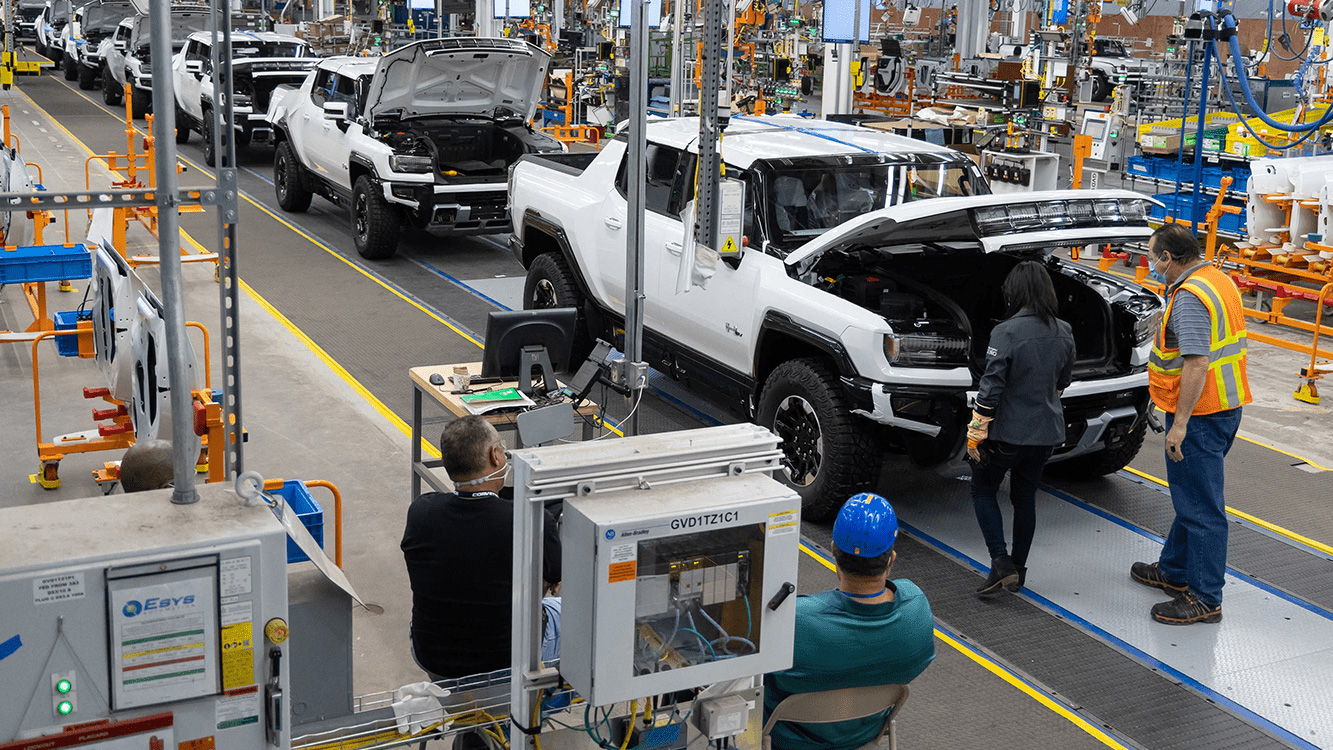
General Motors has “aggressive” plans for its autonomous vehicle division Cruise, but is still grappling with technical hurdles, as it spends $500 million in a quarter, and will spend another billion dollars by the end of 2022.
GM execs were bullish about Cruise, which the carmaker acquired in 2016, during the firm’s quarterly earnings call. GM CEO Mary Barra described Cruise’s June launch of fully-driverless commercial operations in San Francisco “historic”, while Cruise CEO Kyle Vogt said the division has “very aggressive scaling plans” to expand into new cities.
The financials showed Cruise’s losses accelerating, from $300 million in Q1 to $550 million in Q2. GM CFO Paul Jacobson said this level of expenditure was “consistent with the run rate” the firm expects for the rest of 2022 – suggesting Cruise may burn through more than a billion dollars in the next six months.
When asked about the widening losses, Vogt said: “When you've got the opportunity to go after a $1 trillion market where you can have a highly differentiated technology and product, you don't casually weigh into that. You attack it aggressively. And given our strong cash position in Cruise, we're able to do this and aggressively presenting the market, I think, is a competitive advantage.”
He also acknowledged the high burn rate: “There's quite a bit of cash spending, but that's in preparation for the ramp that we expected to do over the next year or so.”
Cruise is certainly further along the road to true driverless operation than almost all its competitors, with Level 4 autonomous commercial operation in San Francisco. In comparison, Tesla’s much-hyped “autopilot” and “full self-drive” technology only achieves Level 2 – as some who have relied on the firm's "autonowashing" claims too much have found to their cost.
See also: Red Hat Linux to drive GM’s Ultifi vehicle operating system
But Cruise’s success is limited: its San Francisco trials, using modified Chevy Bolt EVs, are only allowed in certain areas of the city, and only at certain times. And its own custom control-less Cruise Origin – pitched as a “production vehicle” during its 2020 announcement – is still awaiting approval by US authorities.
And the start-up is still tackling serious glitches, including a very public failure of around 60 Cruise vehicle in San Francisco on 28 June 2022, which saw the cars blocking roads for several hours. That incident prompted media coverage – but others have been less conspicuous.
Following the June incident, Wired obtained internal Cruise documents which showed the company had suffered a number of other outages over recent months – including an incident on 18 May, where Cruise lost control of its entire fleet of cars for 20 minutes. In that case not only were the cars unable to move on their own, but also could not be controlled by Cruise staff, who can normally step in to take control of the vehicles if there’s a problem.
This highlights a key limitation of much current automation: the need for human labour to augment artificial intelligence, a trend which has garnered increasing attention in recent years. Along with "driverless" cars, this extends to delivery systems, such as Starship’s robots, which can be controlled by a remote operator “if a robot comes to a stop, for any reason”.
Nevertheless, Cruise remains literally streets ahead of its competition, and seems far closer to genuine commercial driverless vehicle operation than any other player. While most of its future launches remain under wraps, it plans to start operations in Dubai next year – and this month began mapping the emirate’s streets in preparation.
[On a personal note, as a former resident of Dubai, this author is horrified at the thought of autonomous vehicles operating in the city. This is mostly due to the supremely erratic nature of many Dubai drivers, which at any given moment range from oblivious drifting between lanes, aggressive weaving in a supercar at twice the speed limit, or actually sleeping behind the wheel. This author fails to see how any current autonomous system will cope with this range of hazards. However, in the interests of fairness, it should be noted that, while the UAE has historically seen far higher rates of road deaths than the US and UK, this rate has fallen beneath the US in recent years.]
Chip shortages still plague GM

During GM’s earnings call its executives also revealed the firm’s decision to half-build 95,000 vehicles while waiting for semiconductors was a “tactical decision” caused by a “late-breaking” shortage of chips. Although the global chip shortage is less severe than it once was, and has been relegated to “old news”, GM’s experience demonstrates semiconductor supply chains remain extremely volatile.
In answer to an analyst’s question, Jacobson added: “Obviously, we were expecting higher volumes. We've been dealing with some of these chip issues for the last couple of years. This one was a little bit late-breaking, which affected the volume and the mix on the quarter.”
CEO Barra discussed GM’s long-term plan to develop its own chips: “The strategy that we're putting in place for the 2026 time frame to have three families of semis that we leverage across our vehicles will give us much more stability, resilience, and ability to transfer the semis to the segments that are most in demand.”
The car maker announced its plan to work with chip makers including Qualcomm, TSMC, NXP and others to develop three semiconductor families, through which GM aims to reduce the number of different chips in its vehicles by 95%. Ford, the second-largest car maker in North America after GM, also announced similar plans last year, through a partnership with GlobalFoundries.